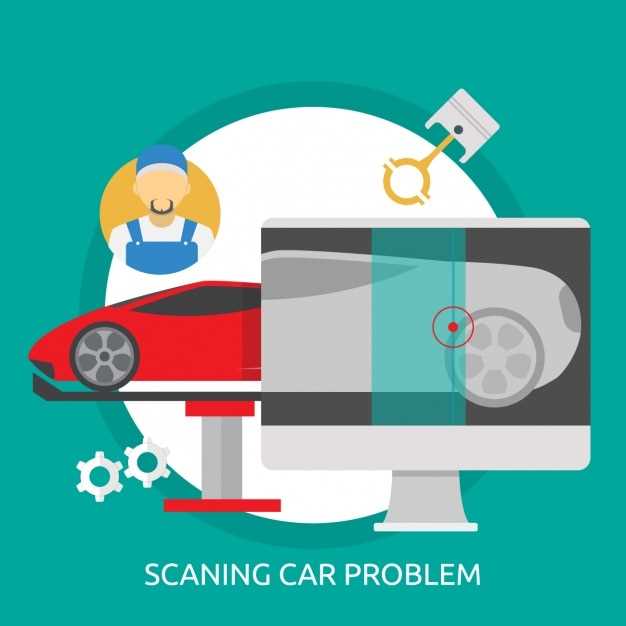
Understanding your vehicle’s VIN (Vehicle Identification Number) is essential for any Toyota owner. The VIN serves as a unique identifier for your car, providing crucial information regarding its specifications and history. To ensure you acquire the correct parts, decoding your VIN can eliminate any guesswork and help you find the perfect match.
Each Toyota VIN consists of 17 characters that catalog specific details about the vehicle, such as the model, engine type, and place of manufacture. By breaking down these characters, you can extract vital information that assists in parts identification. This process not only streamlines your search but also ensures that the components you purchase truly fit your Toyota without compatibility issues.
In this article, we will explore the intricacies of decoding your Toyota’s VIN. We’ll guide you through understanding its structure and help you recognize how to match parts accurately. With the right knowledge, you can confidently make informed decisions during repairs and maintenance, ultimately prolonging the life of your vehicle.
Understanding the Structure of a Toyota VIN

A Toyota VIN (Vehicle Identification Number) consists of 17 characters that provide essential information about the vehicle. Understanding each section of the VIN is crucial for accurate parts identification and troubleshooting. The VIN can be divided into three main sections: the World Manufacturer Identifier (WMI), the Vehicle Descriptor Section (VDS), and the Vehicle Identifier Section (VIS).
The first three characters of the VIN represent the WMI. For Toyota vehicles, this can include prefixes such as “JT” for vehicles manufactured in Japan. This section informs you about the manufacturer and the country of origin.
The next six characters, forming the VDS, describe the vehicle’s features, including the model, engine type, and body style. For Toyota parts identification, this section is particularly useful, as it provides details that ensure you are obtaining components that are compatible with your specific model.
The last eight characters represent the VIS, which includes a combination of letters and numbers to identify the specific vehicle. This part often indicates the assembly plant and the production sequence. The VIN concludes with a check digit that validates the VIN’s accuracy, ensuring that you are looking at the correct vehicle.
By decoding the Toyota VIN, you can efficiently identify the necessary parts for repairs and modifications, ensuring that you maintain the integrity and performance of your vehicle.
How to Use VIN for Exact Part Matching

The Vehicle Identification Number (VIN) is a unique code that provides vital information about your Toyota vehicle. It serves as a fingerprint for your car, allowing you to identify specific parts with precision. To ensure accurate part matching, follow these steps using the VIN.
First, locate the VIN, which can typically be found on the dashboard near the windshield, on the driver’s side door jamb, or in the vehicle’s registration documents. The VIN consists of 17 characters, each of which conveys important data about the car, such as the manufacturer, model, year, and engine type.
Once you have the VIN, utilize an online VIN decoder or consult the Toyota parts catalog. Enter the full VIN in the provided field to retrieve detailed information about your vehicle’s specifications. This data is crucial for identifying the correct parts for replacements or upgrades.
Pay special attention to two main sections of the VIN: the WMI (World Manufacturer Identifier) and the VDS (Vehicle Descriptor Section). The WMI denotes the manufacturer, while the VDS offers insights into the model and body style. Together, these components facilitate precise part identification.
After decoding the VIN, cross-reference the information with the parts listing from authorized Toyota dealerships or reputable online parts suppliers. Ensure that the part number matches the specifications derived from the VIN. This step is essential to avoid compatibility issues.
For additional assistance, consult with Toyota experts or forums dedicated to Toyota vehicles. Enthusiasts and professionals can provide insights and confirm part compatibility based on the VIN details you gathered.
In summary, using the VIN for exact part matching streamlines the process of finding the right components for your Toyota. By following these steps, you can ensure quality replacements that fit your vehicle perfectly.
Common Tools and Resources for VIN Decoding
Decoding a Toyota VIN (Vehicle Identification Number) is essential for accurate parts identification, and several tools and resources can aid in this process. One of the most commonly used resources is the official Toyota VIN decoder, available on their website. This tool allows users to input a VIN and receive detailed information about the specific vehicle, including its model, year, engine type, and factory specifications.
Another valuable resource is third-party VIN decoder websites. These platforms often provide additional features such as parts compatibility checks, allowing users to see which components are suited for their vehicle based on the VIN. Websites like VINCheck.info and decode VIN offer user-friendly interfaces and comprehensive databases for various manufacturers, including Toyota.
Mobile applications are also becoming popular for VIN decoding. Apps like “Car Scanner” or “VIN Scanner” allow users to scan a VIN directly from their vehicle and retrieve pertinent information instantly. These applications can help technicians and enthusiasts quickly identify parts and understand the vehicle’s history.
For advanced users, service manuals and databases like AllData or Mitchell1 provide extensive information regarding parts identification using VINs. These resources are particularly useful for professionals who require detailed technical diagrams and specifications for maintenance and repairs.
In summary, utilizing a combination of official decoders, third-party websites, mobile apps, and comprehensive service databases can greatly enhance the accuracy and efficiency of VIN decoding, ensuring that the right parts are identified for Toyota vehicles.




